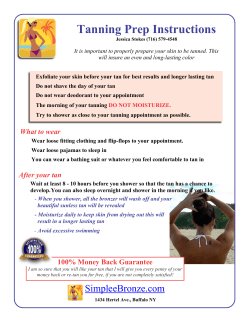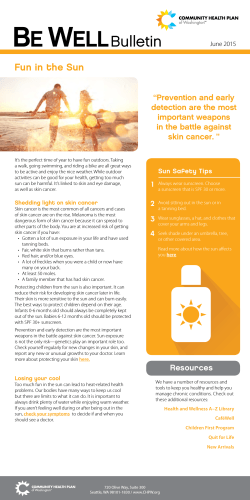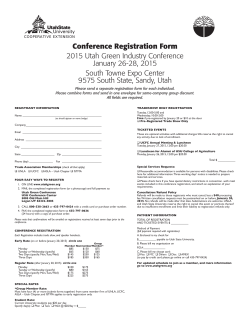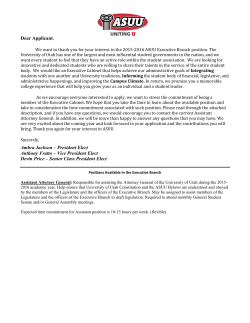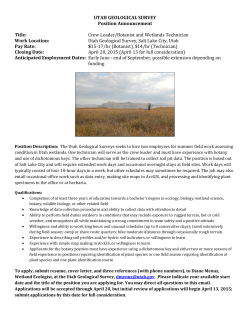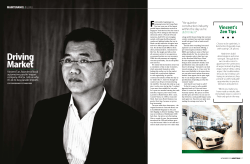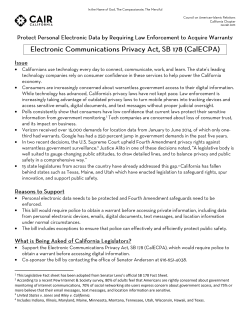
2015 Video Contest - University of Utah Health Care
2015 Video Contest “There Is No Such Thing As A Safe Tan!” CREATE A PUBLIC SERVICE ANNOUNCEMENT FEATURED ON UNIVERSITY OF UTAH HEALTH CARE WEBSITES AND WIN A GO-PRO CAMERA AND OTHER GREAT PRIZES! GOAL: The goal of this contest is to educate high school students by having them create a video public service announcement (PSA) that showcases the theme “There is No Such Thing as a Safe Tan” and tackles common myths (see rules). ELIGIBILITY: • Be an enrolled student in any Utah high school, grades 9-12 • Must complete submission and parent permission form DEADLINE: Wednesday, April 8, 2015 CONTEST RULES: • You MUST incorporate ALL of the following myths: o Myth: A “base tan” is safe. o Myth: Only old people get skin cancer o Myth: Tanning beds are a safe way to tan o Myth: There is no need to protect your skin from the sun on cloudy or cold days For explanations and background material, please see the information and sources in this packet. • You may work in teams of 1-5 students. • You may use any recording device (smart phone, video camera, etc.) • PSAs may be NO LONGER than 30 seconds. • You MUST follow all copyright laws! • Videos will be judged on originality, creativity, content, and representation of the contest theme Failure to follow contest rules will result in immediate disqualification. SUBMISSION: Upload your video to YouTube and send the link and required forms to Amanda Truong at [email protected] by April 8, 2015, 11:59 PM. PRIZES: First place: Go-Pro camera and featured on University Healthcare websites Second and Third Place: Gift cards to iTunes, Amazon and more! *Please note that these prizes are subject to change. 1|Page EXAMPLES OF PUBLIC SERVICE ANNOUNCEMENTS “Time” by American Academy of Dermatology: https://www.youtube.com/watch?v=FTm4RFOVX-I “Tanning is Out, Your Skin is in” by Melanoma Foundation: http://vimeo.com/9293388 “Have Fun in the Sun, but be Sun Smart” by Mayo Clinic: https://www.youtube.com/watch?v=wPCPxklEFAk BACK GROUND The incidence of skin cancer is greater than the incidence of lung, colon, breast, and prostate cancer combined! More than 5 million people are treated for skin cancer each year. Melanoma, a less common type of skin cancer, causes the most skin cancer-related deaths. One person dies from melanoma every hour. Interestingly, Utah has the highest rate of melanoma in the country, with more people dying from melanoma than the national average. Alarmingly, as opposed to other common forms of cancer, melanoma incidence has been increasing in recent decades. Over two-thirds of melanomas can be attributed to ultraviolet (UV) exposure. UV radiation is emitted from the sun and tanning devices. They cause DNA damage, which increases risk of developing cancer. The tanning of the skin we see with UV exposure is the body’s way of mounting a defense against further DNA damage. Sun Safe Behaviors • • • • Apply sunscreen regularly (at least SPF 30, broad spectrum UVA/UVB, containing zinc oxide or titanium dioxide) Seek shade when possible Wear protective clothing (“rash guard” swim shirts, long sleeved shirts, long pants, widebrimmed hats, sunglasses) Avoid tanning beds Myth: A “base tan” is safe. Fact: Your skin’s ability to tan is your body’s natural response to DNA damage from UV exposure. Damage to your DNA ages your skin (causing wrinkles) and increases your lifetime risk of developing skin cancer. The best way to protect your skin from sunburns is to practice Sun Safe Behaviors. Myth: Only old people get skin cancer Fact: Melanoma is the most commonly diagnosed cancer in young adult’s age 25-29 and the second most commonly diagnosed cancer in teens and young adults age 15-29. DNA damage to your skin accumulates throughout your lifetime and greatly increases your risk for developing skin cancer. For example, having several sunburns in your youth can at least double your melanoma risk! 2|Page Myth: Tanning beds are a safe way to tan Fact: Tanning beds are NOT a safe way to tan! The only safe tan comes from a bottle or spray (fake tans). Ultraviolet radiation has been proven to cause skin cancer. The World Health Organization has included UV radiation from the sun and from tanning beds to the list of most dangerous cancer-causing agents along with cigarettes. More people develop skin cancer attributed to tanning than develop lung cancer attributed to smoking! Tanning beds can emit as much as 12 times the amount of UV radiation as the sun. Only one indoor tanning session can increase your risk of melanoma by approximately 20%. Myth: There is no need to protect your skin from the sun on cloudy or cold days Fact: Up to 80% of UV rays can penetrate through clouds. In addition, water, snow and sand can intensify the sun’s rays by reflecting them so be sure to use extra caution when water skiing, boating, snowboarding, surfing, etc. All information was obtained and adapted from the American Academy of Dermatology, the Skin Cancer Foundation, Huntsman Cancer Institute, and University of Utah Department of Dermatology. For more information, please visit: https://www.aad.org/spot-skin-cancer http://www.skincancer.org/skin-cancer-information/skin-cancer-facts http://healthcare.utah.edu/huntsmancancerinstitute/cancer- information/cancer-types-andtopics/melanoma.php Good Luck! 3|Page For more information on Sun Safety education, questions about the contest, or to request medical students to visit your school, please contact: Director Amanda Truong, Medical Student [email protected] Coordinators Brayden Forbes, Medical Student [email protected] Grace Brummer, Medical Student [email protected] Melissa Blackett, Medical Secretary [email protected] 4|Page
© Copyright 2025
